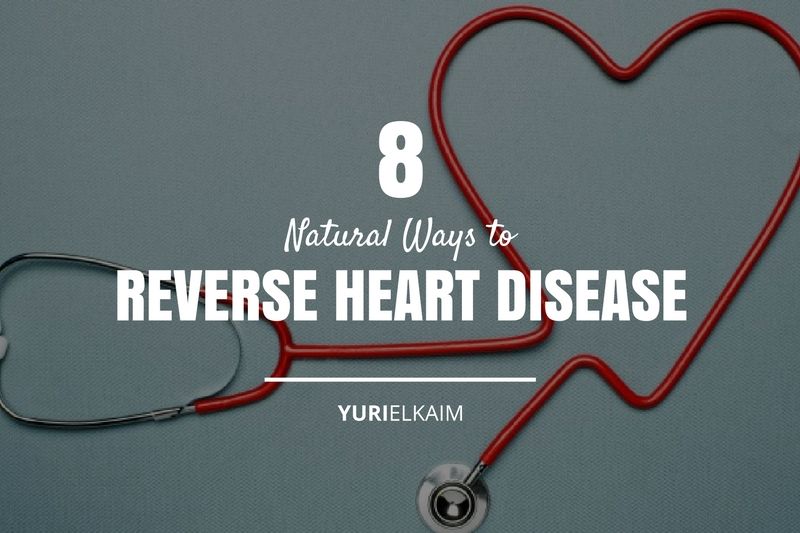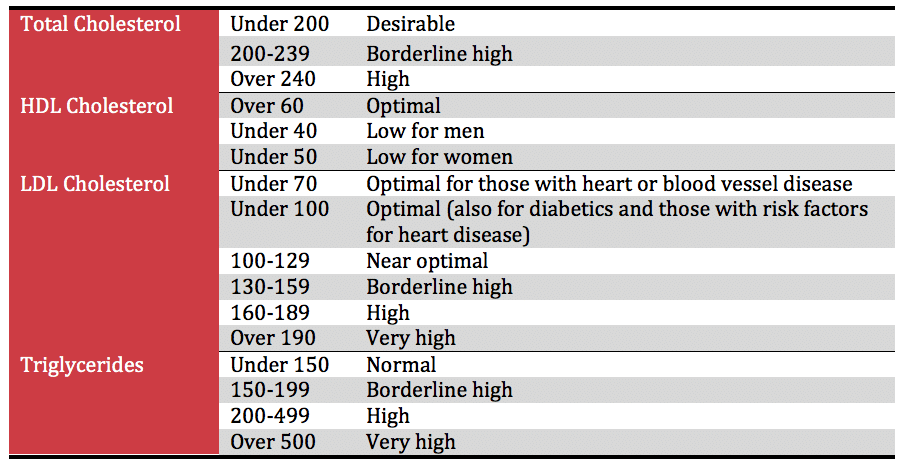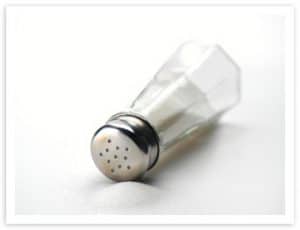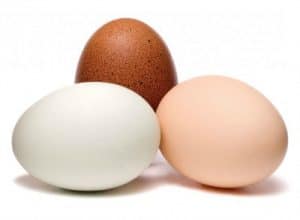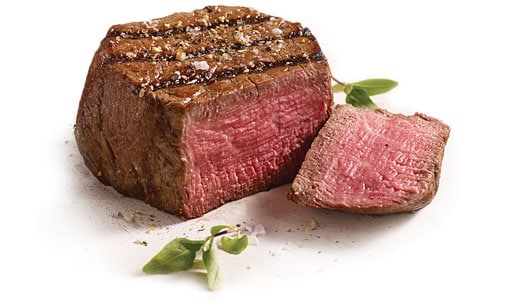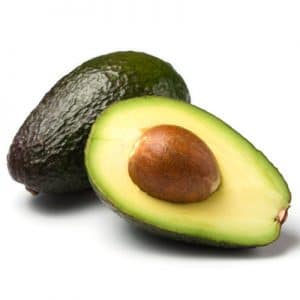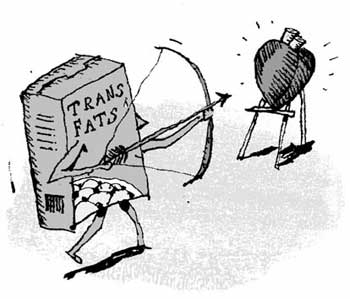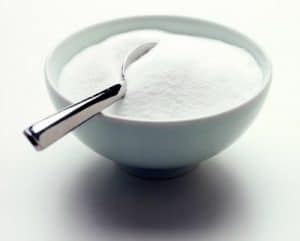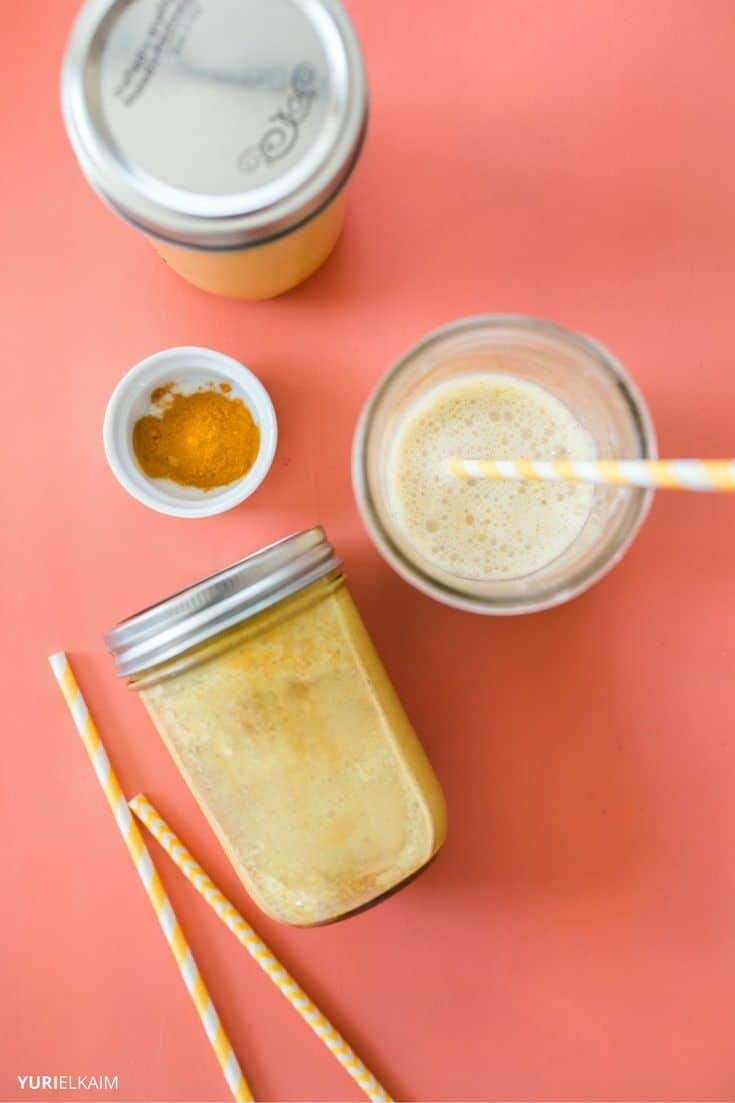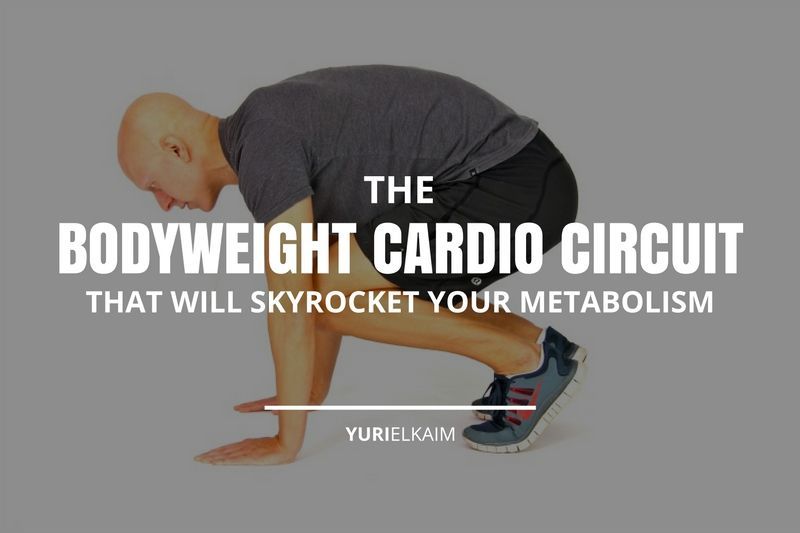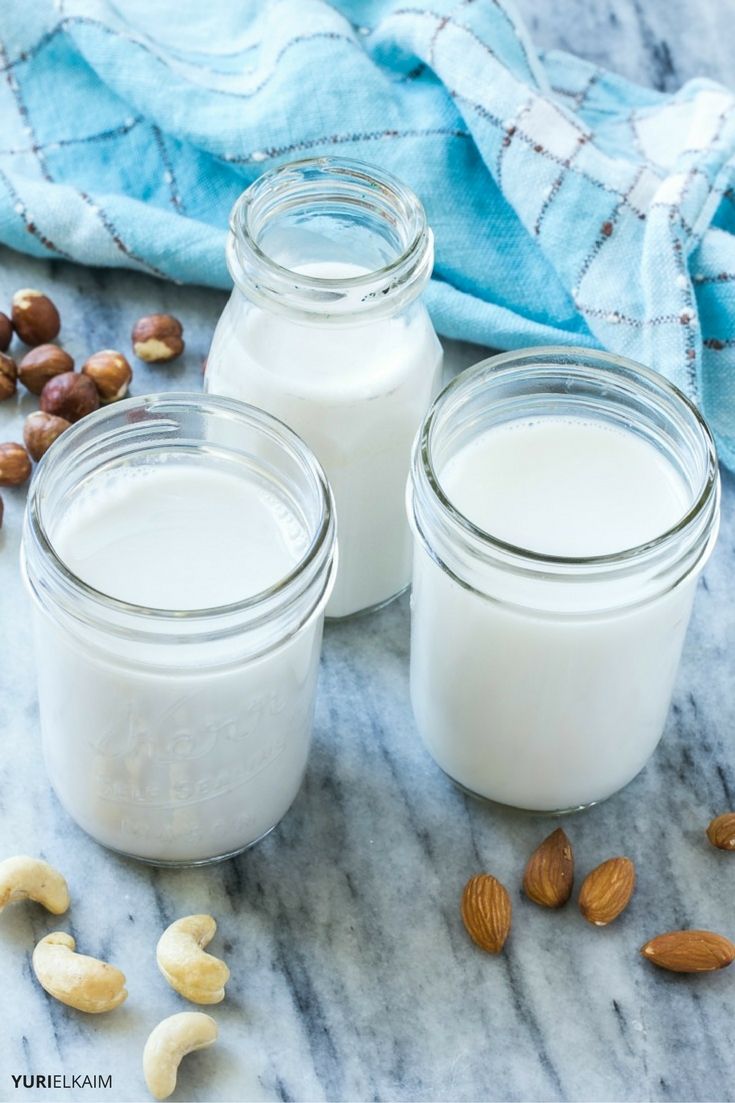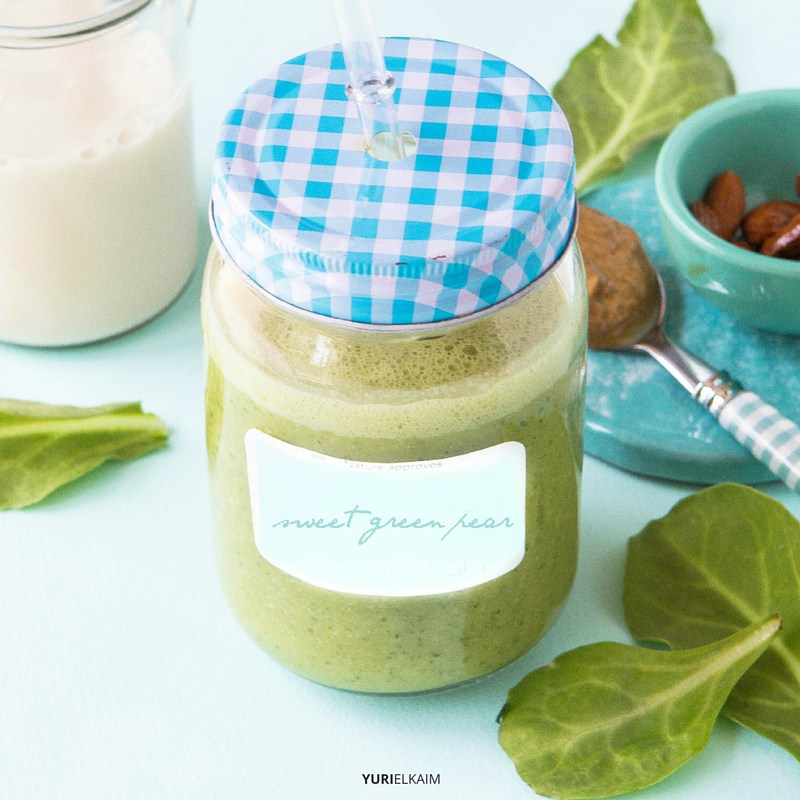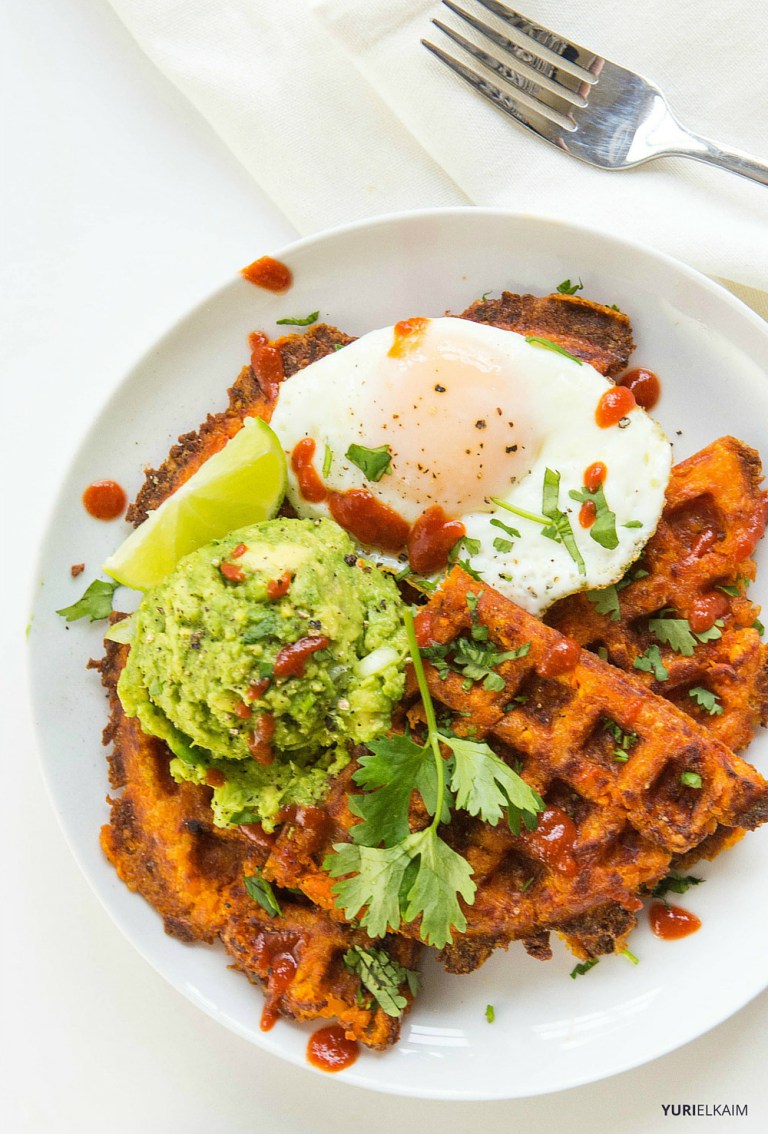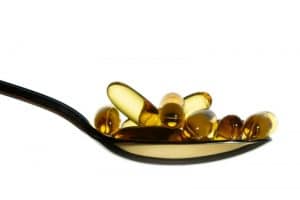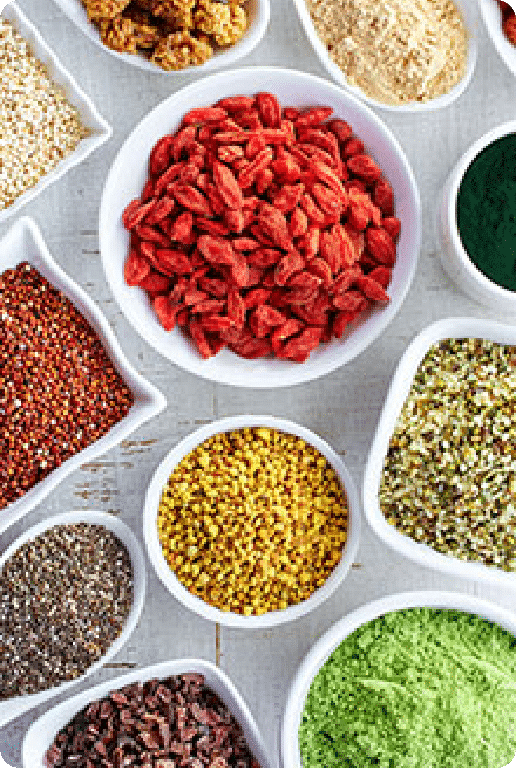Your heart is inarguably the hardest working muscle in your body.
Every day it pumps out up to 7,500 liters of blood that circulates throughout your body, providing you with the oxygen, nutrients, and fuel you need to survive.
Day and night, year after year, your heart works tirelessly to keep you going.
In fact, the heart is so vital that your body has it encased in its own natural protection system – the rib cage – to keep it safe and prevent damage.
In reality, however, it’s usually the choices that we make every day that determine the condition of our heart and its overall health.
Heart disease is the leading cause of death and is responsible for 1 in 4 deaths (1). While the statistics can be pretty scary, the good news is that it is possible to prevent and reverse heart disease naturally.
Let’s explore what you need to know about this “silent killer” and how to get rid of heart disease naturally.
Heart Disease 101
The most common type of heart disease, coronary artery disease, is related to a condition known as atherosclerosis, the accumulation of plaque in the arteries.
As fatty plaque continues to build up, the arteries narrow, forcing the heart to work harder to push blood through. This can also lead to blood clots, which block blood flow and cause heart attack or stroke.
Continued damage to the heart can cause congestive heart failure, a dangerous condition that weakens the heart and makes it even more difficult for the heart to supply the body with the blood that it needs.
Risk factors for developing heart disease include:
- Diabetes and pre diabetes
- Stress
- Being overweight or obese
- Physical inactivity
- High blood pressure
- High blood cholesterol and triglyceride levels
- Smoking
- Family history of early heart disease
- Unhealthy diet
Although there are factors that make people more prone to developing heart disease, there’s a reason it’s been given the nickname “the silent killer.”
Heart disease typically doesn’t present with any symptoms until it’s too late and the damage has already been done.
Half of the men and nearly two-thirds of the women who die of coronary artery disease don’t have any prior symptoms or warning signs (2).
Heart disease also doesn’t discriminate. It is the leading cause of death across the board for people of most racial and ethnic groups in the United States and about the same number of men and women die from heart disease each year (3).
And although the risk of cardiovascular disease does increase as you age, damage to the heart accrues over time and it starts early.
With childhood obesity and diabetes steadily rising, the risk of developing heart disease is at an all-time high among youth. In fact, a study found that 61 percent of obese adolescents in the United States are at an increased risk for heart disease due to high cholesterol, hypertension, or diabetes (4).
Decoding the Jargon
With all the talk about “good” and “bad” cholesterol and “low-density,” vs. “high-density” in relation to heart health, it can get pretty confusing if you don’t know the lingo.
Let’s take a moment to simplify and streamline it all and examine what it means to you.
Triglycerides
This is a type of fat found in the blood. After we eat, any calories we don’t need right away are converted into triglycerides to be used later for energy.
While we do need triglycerides, excessive amounts can increase the chance of heart disease.
Low-density lipoprotein (LDL)
This is what you might have heard described as “bad” cholesterol (think L for lousy). This type of cholesterol collects in the walls of blood vessels, building up and leading to atherosclerosis.
The lower your LDL cholesterol is the better.
High-density lipoprotein (HDL)
This is considered the “good” cholesterol of the body (remember H for healthy).
HDL flows through the bloodstream and acts as a cleanup system, removing some of the accrued LDL from blood vessel walls as it moves along.
Very low-density lipoprotein (VLDL)
Also known as “very lousy” cholesterol, the main job of VLDLs is to move triglycerides through the blood. High amounts of this lipoprotein can contribute to heart disease and stroke, so keeping it low is key.
Total cholesterol
This is a measure of the amount of LDL, HDL, and VLDL in your blood. The lower the number the better as high amounts of total cholesterol can indicate a higher risk of developing heart disease.
Here are a few of the labs you might see at your next doctor visit and what they really mean:
Heart Disease and Diet
The most effective method for reversing heart disease is through a healthy diet, so these nutrition tips are key. Let’s take a look at a few of the main nutrients connected to cardiovascular health and how they can help you prevent and reverse heart disease.
Sodium
Too much sodium in the diet can cause hypertension (high blood pressure) and can also cause the body to hold onto excess fluid. This forces the heart to work harder, and it can lead to heart attack, stroke, and heart disease.
Most of the sodium in our diet comes from restaurants and fast food as well as processed, frozen, and canned foods.
Dietary Cholesterol
You’ve probably been advised at some point to limit your intake of eggs and red meat because of their cholesterol content. Not to be confused with the cholesterol found in the bloodstream, dietary cholesterol has had an undeservedly bad reputation for years.
Nutrition scientists are in agreement, however, that consumption of dietary cholesterol has little effect on your levels of blood cholesterol (5).
In fact, the recently published 2015 U.S. Dietary Guidelines removed the previous recommendation to limit the consumption of cholesterol.
That means you have the green light to go ahead and enjoy that omelet.
Saturated Fat
Saturated fat has long been tied to heart health. Dairy foods and meats are the main culprits when it comes to saturated fat. Studies have shown that reducing the intake of saturated fat can cut heart disease risk, but what you replace it with is crucial.
When saturated fat is replaced with refined carbohydrates, the risk of heart disease is almost the same.
Meanwhile, swapping the saturated fat for healthier unsaturated fats or non-glutinous whole grains can reduce the risk of cardiovascular disease up to 25 percent (6).
Unsaturated Fat
It might sound a little contradictory, but fats can, in fact, be good for you.
Monounsaturated fatty acids, found in foods like avocados, nuts, and olive oil, are touted as being heart-healthy.
Polyunsaturated fats, found in fatty fish, shell fish, and flax seeds are also considered beneficial.
Current guidelines recommend replacing saturated fat and trans fat with unsaturated fats to maximize cardiovascular health.
Trans Fat
Formed during a process called hydrogenation, trans fats are found in everything from processed foods to pastries.
Trans fats can be detrimental to health and contribute to the development of heart disease by upping the amount of “lousy” LDL cholesterol in the blood and decreasing the “healthy” HDL cholesterol.
Research shows that even as little as 2 percent of calories from trans fat can cause the risk of heart disease to skyrocket by 23 percent (7).
Added Sugar
Bad news for those with a sweet tooth: added sugars equates to added risk of heart disease. Foods like candies, refined grains, and sugar-sweetened beverages can contribute to high blood pressure, high triglycerides, and obesity.
Most Americans consume approximately 22 teaspoons of added sugar daily, which is more than double the recommended 9 teaspoons a day for men and triple the recommended amount of 6 teaspoons for women.
Antioxidants
You may have heard of free radicals, highly reactive and unstable molecules that can be pretty damaging to our body by attacking our cells, protein membranes, and DNA while aiding in the development of a health problems like cancer.
Free radicals are formed through normal processes in the body, but they can also be attributed to smoking, excessive alcohol consumption, exposure to chemicals, high blood pressure, increased stress, and a poor diet with trans fats and processed foods.
Luckily, antioxidants are able to defend our body and protect free radicals from wreaking havoc. Antioxidants donate an electron to free radicals, stabilizing them and preventing damage.
While some antioxidants can be found in the body, the majority of antioxidants come from our diet and are found in abundance in fruits and vegetables.
8 Steps to Reversing Heart Disease Naturally
1. Enjoy 1/3 cup of nuts and seeds each day.
Nuts and seeds are loaded with good-for-you monounsaturated fats. Incorporate them into your diet to boost HDL levels and keep your heart healthy.
No-Fuss, Asian-Inspired Cashew Wraps (Vegan)
2. Spice it up.
Sodium can cause some serious problems with blood pressure and fluid retention. No need to resort to the salt shaker to add flavor to your food, though.
Spices, like ginger, garlic, and curcumin (found in turmeric) can add taste without the unnecessary sodium. Heart-healthy bonus: garlic is anti-inflammatory, ginger can help increase circulation, and curcumin can decrease the uptake of cholesterol.
Pumpkin Pie-Spiced Turmeric Milk
3. Work out.
There’s a reason it’s called “cardio.” Three to five hours per week of activity can enhance HDL levels to promote healthy cholesterol levels.
If you have cardiovascular issues or health problems, talk to your doctor before beginning a new exercise regimen.
And of course, when I say cardio, I don’t mean traditional cardio – I’m referring to interval training, like bodyweight cardio exercise.
The Bodyweight Cardio Circuit That Will Skyrocket Your Metabolism
4. Limit your intake of meat, processed foods, trans fats, and dairy.
There is a strong connection between heart disease and diet and these foods can all have harmful effects when it comes to your heart.
Make sure your meat is high quality and opt for skim, low-fat, or non-dairy options like almond or rice milk when possible.
How to Make Your Own Awesome Nut Milks
5. Strive for 10 servings of fruits and vegetables daily.
Fruits and vegetables are full of heart-healthy antioxidants, which can prevent and reverse damage caused by free radicals. Following a plant-based diet rich in fruits and veggies can have some serious positive effects on your health and wellbeing.
Is This the World’s Tastiest Green Smoothie?
6. Eat one cup of non-glutinous whole grains or legumes every day.
Intake of non-glutinous whole grains, which are packed with nutrient-dense and packed with fiber, has been associated with a reduced risk of cardiovascular disease, coronary heart disease, cancer, and death from all causes (8).
There’s also evidence that legumes can help lower triglycerides and cholesterol levels, helping aid in the prevention of heart disease (9).
To maximize nutritional benefits and add variety to your diet, mix it up and break out the buckwheat, chickpeas, and sweet potatoes.
3-Ingredient Paleo Sweet Potato Waffles
7. Get in shape.
Being obese or overweight considerably ups your chances of developing heart disease. Losing just 10 pounds significantly decreases blood pressure and aids in reversing heart disease.
Getting and staying lean also reduces your cholesterol, eases the strain on your heart, and keeps you healthy.
The Ultimate Exercise Plan for Beginners
8. Eat or supplement your diet with omega-3s.
Omega-3 fatty acids, a type of polyunsaturated fatty acid, can reduce blood pressure, inflammation, and heart attack risk.
If you don’t regularly eat fatty fish, like mackerel, trout, or salmon, supplementing with fish oil might be a good idea.
Always check with your doctor first, especially if you’re on a blood thinner, to prevent any interactions.
Putting It All Together
Heart health is cumulative and heart disease doesn’t just develop overnight. If you are already affected by heart disease, it is possible to reverse and prevent further damage.
If you don’t, now is the time to start making healthy choices to avoid future problems.
What’s YOUR Health Score?
Your body might be signaling you that something’s not quite right. How can you tell?
Answer the simple questions on my Health Score quiz and see how you’re doing on 20 different fronts.
Click the banner below and get your score now!

